What is MarTech & Why Is It Important?
Though it might seem like a buzzword, the rise of marketing technology, or MarTech, has made it a common term in digital marketing agencies. Thus, understanding what MarTech is and why it is important is essential.
This shift is no surprise, given how integral technology has become to modern marketing. The lines between marketing strategies and the tools used to implement them are increasingly blurred, making the idea that “MarTech is marketing” quite fitting.
So, explore the meaning of MarTech, its significance, the distinctions between AdTech and MarTech, and the current landscape of MarTech, including its benefits and challenges.
Table of Contents
What is MarTech?

MarTech (marketing technology) represents all the tools, platforms, and technology businesses or marketers can use to create, manage, automate, execute, optimize, and measure their marketing efforts. Any technology used in marketing to make businesses or marketers’ jobs easier.
Why is MarTech Important?

As we mentioned above, MarTech is designed to simplify marketing tasks — to make marketers’ lives easier.
MarTech helps businesses and marketers organize tasks, analyze data, and make accurate predictions. It ensures business continuity by connecting various digital systems, creating a seamless experience for both the company and its clients. And as we all know, this is important for any modern online business aiming to stay competitive.
Marketing technology has become important in the last couple of years because businesses want to connect better with their target audience, boost their marketing results, and grow their revenue, tasks that used to take much more time and money with traditional marketing methods.
As the digital space evolves, so does MarTech. Providers constantly update their products to stay current with market changes. Implementing a MarTech solution from a provider that constantly improves its offerings is an investment in a tool that will grow and adapt to changing trends.
For instance, when Covid hit and everyone turned to remote work, many MarTech solutions were already equipped with cloud-based features, helping businesses adjust smoothly. Companies that use these innovative tools are more likely to thrive, even during tough economic times.
Of course, using the latest MarTech provides an edge over competitors (and let’s be serious, we are interested in doing well for ourselves, not for our competitors). These tools offer valuable insights, enhance customer experiences, and simplify prospect tracking.
Without up-to-date technology, businesses risk missing out on important information and opportunities to convert leads into customers, ultimately slowing business growth.
MarTech vs. AdTech: How Are These Different
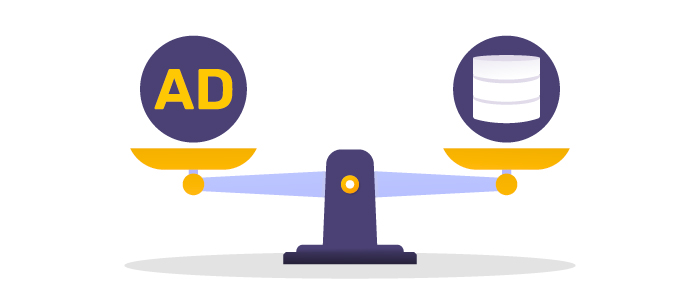
When learning about MarTech, the term “adtech” often comes up. Adtech is a category within MarTech, but as advertising and marketing technologies become more common, the lines between them can blur.

However, MarTech and adtech, while both important in the marketing industry, address different aspects of customer outreach.
Focus and Target Audience
Adtech, short for advertising technology, involves tools used for targeting, buying/selling, displaying, and measuring digital advertising. Companies use adtech to manage, measure, and optimize their advertising efforts to attract new customers. The main types of AdTech systems are:
- Data Management Platform (DMP);
- Demand-Side Platform (DSP);
- Supply-Side Platform (SSP);
- Ad Exchanges.
MarTech, on the other hand, involves tools used to deliver, measure, and optimize communication with potential and existing customers through various channels such as websites, email, social media, and mobile. The main types of MarTech systems are:
- Customer-Relationship Management (CRM) Platform;
- Customer Data Platform;
- Marketing Automation Platforms;
- Social Media Management Platforms;
- Marketing Personalization Platforms;
- Content Creation and Optimization Platforms;
- Analytics and Testing Platforms.
Data Employed
Another difference between MarTech and adtech is the data they utilize.
MarTech typically works with known audiences (first-party data collected). Marketers can access detailed customer information such as demographics, purchase history, and website activity. This data helps in creating personalized and targeted marketing strategies.
Adtech, by contrast, often targets unknown audiences using third-party data. It uses data on general demographics, interests, and online behavior collected through tracking tools to reach potential customers who may not be familiar with the brand.
Billing
Lastly, another key difference is how MarTech and adtech handle billing.
MarTech usually works on a subscription-based model. This means businesses pay a regular monthly fee to access their technology, with potential extra charges for additional features.
Adtech platforms, on the other hand, often use a commission-based system. Advertisers might need to meet a minimum spending amount and are charged based on the number of clicks or sales generated from their ads.
What is a MarTech Stack and How to Create One?
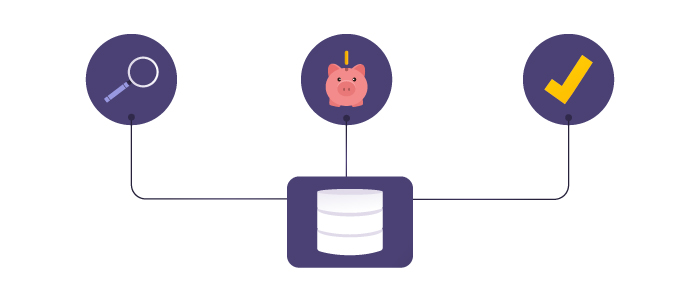
Speaking about MarTech, you need to know that in some circumstances, you’ll assemble talks about a marketing stack.
Companies often use a MarTech stack, a collection of marketing technologies designed to manage various channels or tasks. Generally, a stack can include up to 10 different tools.
These tools help streamline marketing processes across multiple touchpoints in an omnichannel environment.
Here are some tips to help create a MarTech stack:
- Identify Needs—Determine the specific requirements, whether it’s tools for customer relationship management or SEO. Understanding these needs will help in selecting the right technologies.
- Set a Budget—Establish a budget before choosing tools. Knowing your financial limits will help narrow down the options.
- Assess Team Challenges—Identify tasks that are time-consuming or difficult for the team. Look for MarTech solutions that can simplify these tasks.
- Check Reviews—Read reviews to find the best software. Reviews provide insights into what others like or dislike about the tools being considered.
MarTech Industry Then and Now
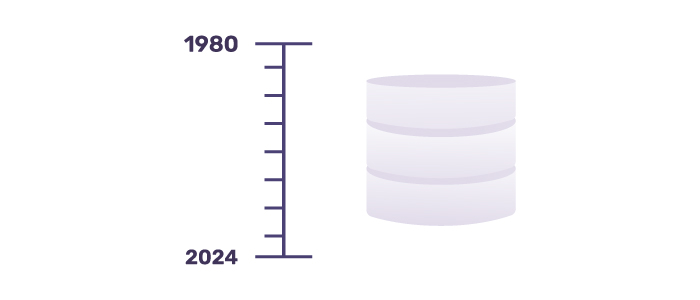
Over the last few decades, MarTech has achieved significant milestones. In the 1980s, database marketing systems were introduced, enabling the storage of customer information. And that’s happened as customer bases grew, and businesses struggled to keep track of customer details manually.
This led to developing systems to store and organize customer information such as names, addresses, purchase history, and preferences. These systems acted as digital filing cabinets, allowing businesses to centralize customer data and access it for marketing purposes.
But while database marketing systems provided a foundation for storing customer data, the next step was to leverage this information to build stronger customer relationships. This is where customer relationship management (CRM) systems came into play.
In the 1990s, CRM systems evolved beyond data storage to include tracking customer interactions, enabling businesses to understand better and engage with their customers.
The 2000s saw the rise of social media platforms like Facebook and Twitter, creating new opportunities for digital marketing and developing technologies for managing and analyzing social media data.
By the 2010s, customers began to expect seamless experiences across their devices. However, a fragmented marketing landscape made this challenging for marketers, prompting the creation of more advanced MarTech solutions.
Marketing automation platforms are an example of an advanced MarTech solution here, which appeared as a key response to this challenge. These platforms allow marketers to automate repetitive tasks, personalize customer interactions, and measure campaign performance across multiple channels.
And now, looking at the 2020s, MarTech has seen substantial growth, incorporating a huge collection of thousands of tools and platforms. Furthermore, based on The Marketing Technology Landscape, there are more than 14,106 marketing technology products, a net addition of 3,068 products since last year’s 11,038. That’s an insane 27.8% growth year-over-year.
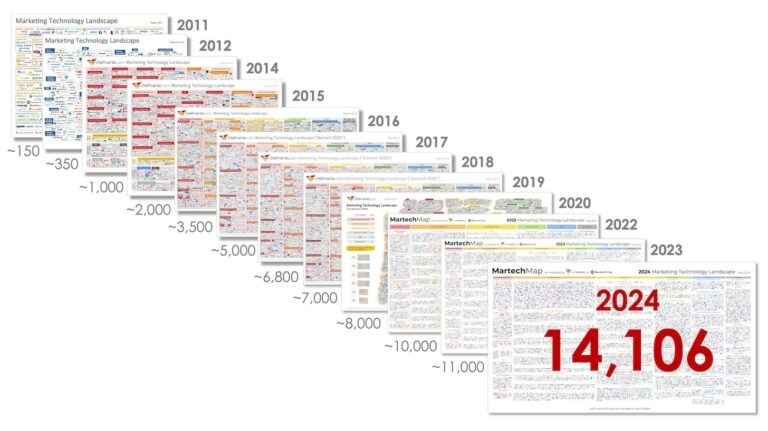
The focus is now on solutions that cover the entire customer journey.
Customer relationship management (CRM) systems are at the core of many MarTech setups as the main storage for customer data. Artificial intelligence and machine learning are common, allowing for personalized experiences, predictive analytics, and automation.
The industry also faces data privacy, security, and measurement challenges and constantly adapts to fast-changing consumer behaviors.
Advantages and Disadvantages of MarTech

Advantages of Marketing Technology
- Enhanced Efficiency and Productivity – MarTech tools automate repetitive tasks like scheduling social media posts or managing email campaigns. This automation frees up valuable time for marketers to focus on more strategic and creative projects.
- Data-Driven Decision Making – MarTech enables marketers to effectively collect and analyze customer data. These insights help understand campaign performance and audience behavior, allowing for informed, data-driven decisions in future marketing strategies.
- Personalized Customer Experiences – Consumers today seek personalized experiences. MarTech allows businesses to customize marketing messages and content based on individual preferences, leading to higher engagement, better conversions, and stronger brand loyalty.
- Omnichannel Marketing – Modern consumers interact with brands across multiple channels. MarTech helps manage and coordinate marketing efforts seamlessly across these channels, ensuring a consistent and cohesive customer experience.
- Increased Agility and Flexibility – The marketing landscape is ever-changing. MarTech allows businesses to quickly adapt and respond to these changes. Marketers can adjust campaigns in real-time based on audience behavior or new trends, enabling businesses to seize new opportunities and maintain a competitive edge.
- Scalability and Growth – MarTech solutions can grow with a business. As a company expands, it can incorporate new features and functionalities into its MarTech stack, maintaining effectiveness. This scalability is especially valuable for businesses with ambitious growth targets.
- Enhanced Collaboration – Many MarTech tools promote collaboration between marketing teams and other departments. For instance, marketing automation platforms can streamline communication with sales teams, ensuring alignment and a unified customer experience. This fosters a collaborative work environment, leading to better marketing outcomes.
Disadvantages of Marketing Technology
- Complexity and Integration – The wide variety of MarTech tools can be overwhelming. Selecting the right tools for specific needs and integrating them can be a complex task. Additionally, ongoing maintenance and updates require technical expertise to ensure smooth operation.
- Cost – Implementing and maintaining a MarTech stack can be costly. Subscription fees for various tools and the potential need for additional staff with specialized skills can strain budgets.
- Data Privacy Concerns – MarTech often involves collecting and analyzing customer data. Businesses must comply with data privacy regulations and handle customer information responsibly to avoid security breaches and maintain trust.
- Focus on Technology over Strategy – While MarTech is a powerful tool, it should not replace sound marketing strategies. Relying solely on technology without a clear marketing vision can lead to misdirected efforts and wasted resources.
- Limited Creativity – Although MarTech can automate tasks and streamline workflows, it should not come at the expense of creativity. Marketing campaigns still require a human touch to develop compelling messaging and connect with audiences emotionally.
Examples of MarTech Companies
HubSpot
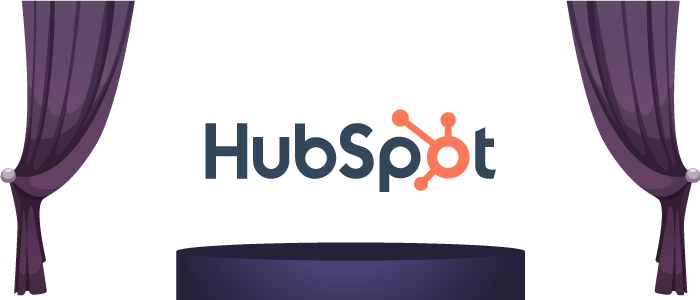
HubSpot is a leading example of a successful MarTech company that has transformed how businesses interact with customers. Known for its focus on inbound marketing, its customer-centric approach highlights creating valuable content and building strong relationships. As a result, this approach aligns perfectly with the modern marketing landscape, making HubSpot a key player in the MarTech ecosystem.
Ahrefs

Ahrefs is one of the major MarTech companies focused on search engine optimization (SEO) tools. Thus, it offers a full suite of data-driven insights that help marketers enhance their online presence and increase organic traffic. Beyond its core SEO tools, Ahrefs supports broader marketing efforts by offering valuable data for content marketing, social media, and overall digital strategy.
SurferSEO

SurferSEO is an advanced MarTech platform aimed at optimizing content for search engines. With its emphasis on data-driven content creation, SurferSEO is an important tool for businesses looking to enhance their organic visibility and attract targeted site traffic.
Typeform

Typeform is a MarTech platform that excels in creating interactive and engaging online forms. Beyond its intuitive interface, Typeform integrates seamlessly with other marketing tools, enabling businesses to streamline data collection and analysis. This makes Typeform an essential tool for gathering valuable customer insights and driving informed decision-making.
The Future of MarTech
The MarTech industry is set to grow even bigger. However, its future is a mix of exciting opportunities and significant challenges.
We are in a technological boom, with AI being the major highlight. Indeed, AI holds great promise for hyper-personalization and automation, and it’s important not to overlook the human side of marketing. Therefore, building genuine connections is vital, and while algorithms are powerful, they lack the empathy humans bring to relationships.
Not to mention that customer experience is also becoming increasingly required, and focusing on long-term relationships is more important than short-term wins.
Data, often called the new oil, must be handled carefully, especially given growing privacy concerns. Balancing the extraction of valuable insights with the need to protect consumer trust will be vital.
The metaverse concept is intriguing but still developing, so caution is needed before diving in too deeply.
So, the future of MarTech will be shaped by its ability to be a powerful tool, provided it is used thoughtfully, ethically, and with a keen understanding of human behavior.